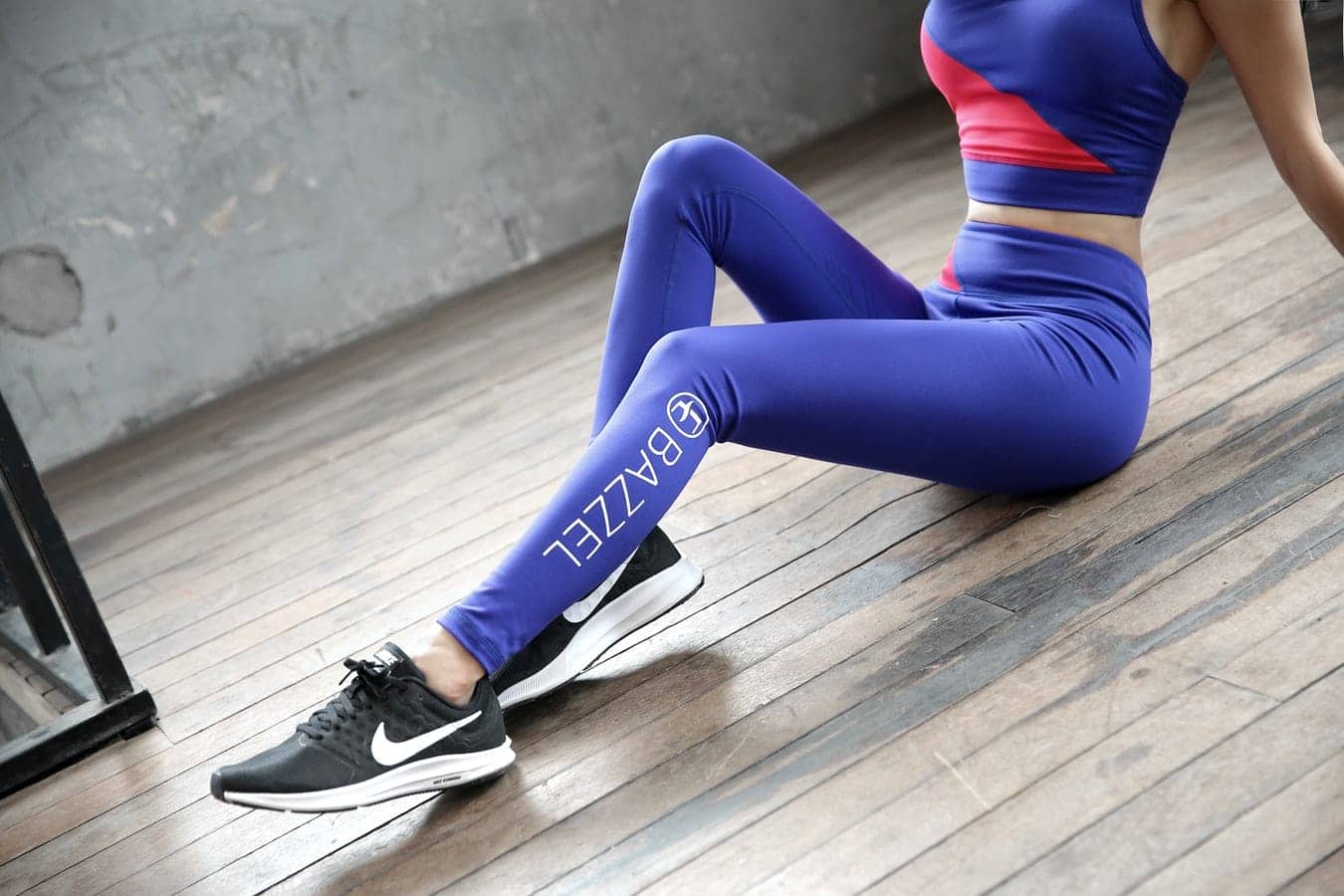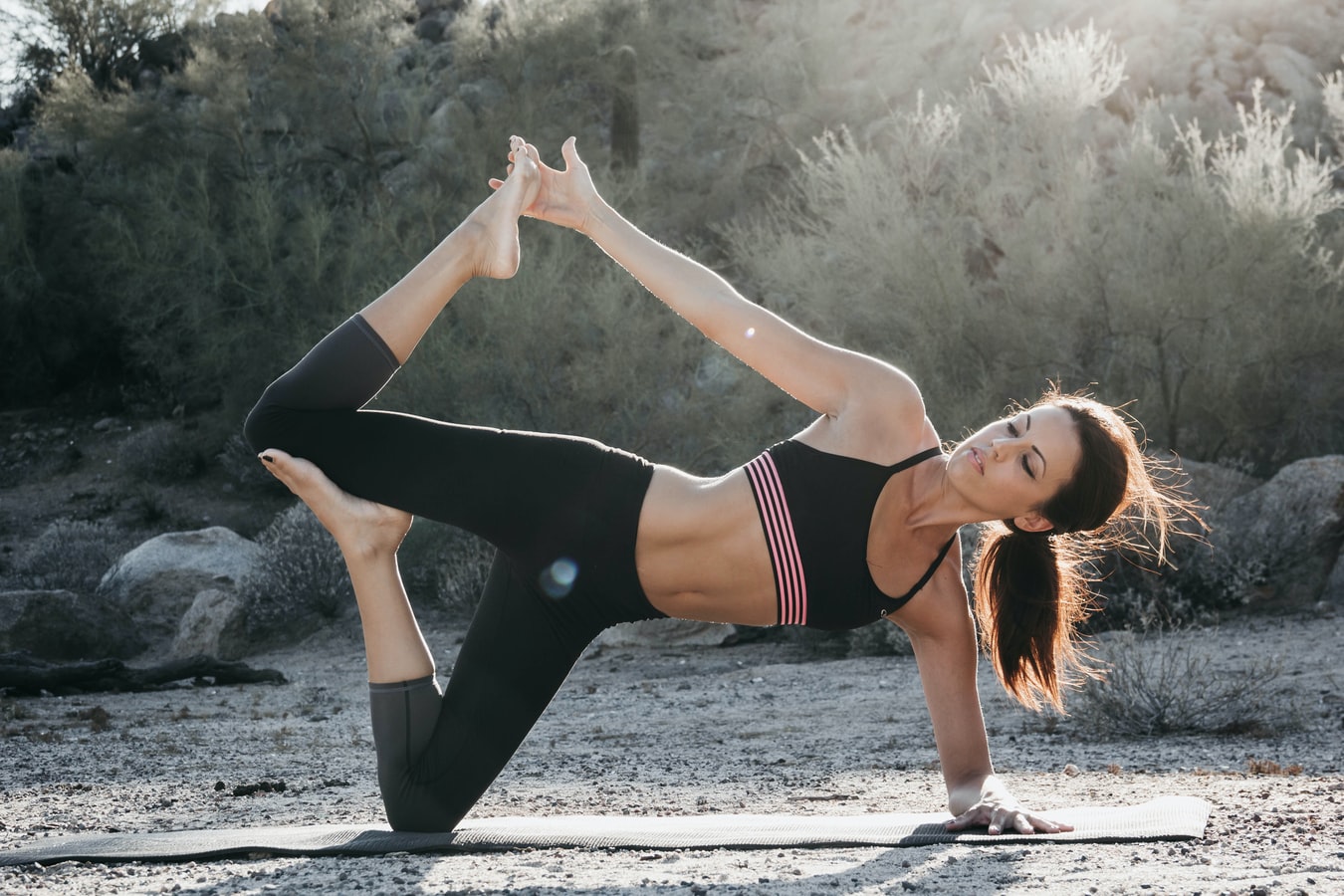The modern world is busy and always in a hurry, that is why we have less and less time on such basic chores as laundering, for instance. Respectively, one day, people faced the necessity to create fabrics that would be both handy and easy to maintain.
This is how spandex was invented, and today this material is one of the most widespread in the clothes-making industry. And believe us, it’s worth that fame!
What Is Spandex? A Brief Introduction
Spandex is a miraculous artificial fiber with exceptional properties that became very popular due to its stretchability and easy maintenance.
We all know this fabric for its stretchy abilities and elasticity. However, the word “spandex” is not the name of the brand, unlike the common belief. This term is used to define copolymer materials that went through several production processes before turning into the fabric.
Speaking of spandex, it is highly praised for being extremely stretchy thanks to having polyurethane as a basic component. We can easily stretch it five to even eight times its normal size! No wonder that such material found its place in the production of form-fitting outfits like pants or sport shirts.
However, this type of fabric is not usually used in its pure state, instead, manufacturers often blend it with other, both artificial and natural, materials like rayon, cotton, etc. This gives the item a more pleasant texture and makes it comfier to wear.
Also, by combining spandex with polyester, the latter one can become more heat-resistant due to the respective ability. This is why spandex is also widely used for strengthening “weaker” fabrics.
Below you can see the major characteristics of this affordable and handy material.
[table id=91 /]
One more benefit of this material is that it is rather affordable (if not being used pure, of course), this is why almost every person has at least one or two items that contain a certain amount of spandex in their wardrobes!
Spandex, Lycra, Elastane. Are They All the Same?
We bet you have seen these words on the clothing tags in a store at least once! And we are sure those made you wonder and feel confused when trying to figure out what material it was all about.
Well, people often stumble upon the definition, that’s true, especially when it comes to spandex. The secret is that this fabric is called different in different parts of the world.
- The common definition is “spandex” which is not a trademark name as you already know. However, this term is deeply stuck in the minds of American and Canadian consumers!
- In European countries, on the other hand, people usually call this material “elastane”.
- Finally, the DuPont Corporation that first started producing this material refers to it as “lycra” which is also a registered trademark.
Now we hope everyone will find it simpler to define what material the apparel is made of when going shopping next time. No matter whether it is in the USA, Canada, or Europe, you will always spot spandex under any of these names!
How It Is Produced?
Since this fabric is artificial, consumers often get concerned about its safety. It makes sense since we all want to wear safe and health-friendly garments.
Since spandex is fully synthetic, it comes through a long chain of chemical reactions and production stages before we get the fabric we all know. And yes, there are no organic components in this material, only those that were made in a laboratory.
Shortly speaking, the manufacturing procedure looks like this:

- In the beginning, the basic components are mixed under precise pressure and heat.
- If everything was made right, and the ratio of the components was correct, the prepolymer is formed to go through the rest of the production procedure.
- Then it is affected by the acid, diluted, and placed into a fiber production cell.
- After the spinning, the fibers are produced and the elastane material is cured.
- The next stage is heating when these fibers are processed by the gas solutions to form the solid strands.
- Finally, after they are twisted and finished, the material is ready for being woven.
Since the resulting material is completely artificial, the manufacturers tend to blend it with other, often natural fibers to make the fabric more pleasant to the skin.
General Care Instructions
Like any synthetic fiber, spandex requires certain care conditions to stay usable and keep its properties.
- Wash only the durable spandex blends and activewear! When laundering, always go for a mesh bag. Ensure that the dark-colored items are washed in cold water with some mild detergent using a delicate cycle. For white apparel, opt for warm water and the same cycle and amount of detergent. Avoid mixing colors, and never use whitening products on white garments since they can get yellowish!
- Underwear and intimates are better to be laundered manually. Soak the items in cool water with the diluted detergent for half an hour, and then rinse until no soap is left. Do not wring!
- As for drying, set the tumble dryer at the low-heat regime or air-dry the clothing, and never machine-dry intimates and activewear/swimwear.
Like this, your garments will preserve their stretchability and remain smooth and usable longer.
Where We Make Use Of This Material
Spandex is the sort of fabric that is present almost everywhere. Being easy to use and rather simple in terms of maintenance, it is usually blended with other materials to improve the initial characteristics of other fabrics and make them more elastic, durable, or heat-proof.
Today, we can find it in almost any apparel we wear or see in a store, especially if it is something that requires outstanding stretching properties.

You probably already guessed that one of the most popular areas of use for this material is all sorts of sportswear, for instance, swimwear, yoga leggings, fitness leggings, and t-shirts, and other similar items.
However, spandex can be met in our homes, too! If we take a closer look at our wardrobe’s content, we will see that women’s lingerie, underwear, stretchable dresses, or skinny jeans also contain this kind of fiber.
Basically, anything that must be elastic enough and keep its shape will most likely contain spandex in different amounts.
On the other hand, this artificial sort of fiber is rather pricey, especially if used solo, this is why pure spandex items are rather expensive. Because of this nuance, the material usually utilized being combined with organic or semi-artificial fabrics to make the garments more affordable.
Also, having added spandex, other fabrics become more durable. For instance, the cotton-and-spandex blend will be way more long-lasting and wear-and-tear resistant than the pure natural material.
Even such a rigid fabric as polyester becomes significantly more elastic when having spandex in it! Moreover, by combining this artificial fiber with the natural ones, the manufacturers make spandex safer for wearing.
In general, spandex is found in form-fitting garments like sportswear, but it is also very popular in motion suits making! Besides, even our daily items like underwear, socks, and trousers can contain it.
This material is very handy indeed: it’s easy to take care of, and it lasts really long if being maintained correctly. Besides, spandex is a true miracle for those who are looking for something durable, lightweight, breathable, and yet good-looking.
And now that you are aware of its basic characteristics and specifics, we are sure that choosing the most fitting and comfiest garment will be super easy!
Read the tag carefully to buy items that are made of half-organic blends, and your clothing will not only serve you very long, but it will also be very pleasant to wear.
[wp-faq-schema title=”Frequently Asked Questions”]

Hey! What is spandex volleyball shorts? Are they different from those made of other fabrics? Does anyone know?
I guess they are like tights for the workout. Stretchy shorts that are worn like underwear. But I can be mistaken, I’m not into the sport that much!
What is a viscose spandex fabric? Is it all artificial? Do you think it’s safe to buy such clothes for a child? Thanks in advance!
I’d say it’s a 50/50 blend. This fabric is made of spandex and viscose. Viscose is produced from wood pulp, but spandex is fully synthetic. I’m pretty sure the item made of this blend will be soft and breathable, but also stretchy because of spandex.
I guess it’s fine for kids if they are not babies, but for newborns, I would recommend something 100% natural and organic.
Does anyone know about lycra spandex? What is this lycra spandex?
Does anyone know about lycra spandex? What is this lycra spandex material?
Well, I thought they are the same. I mean, spandex is a type of lycra, isn’t it?
I recently heard of highly-performative spandex. Never knew about it before. What is high performative spandex? What is it for? Did anyone use this fabric?
I recently heard of highly-performative spandex. Never knew about it before. What is high performave spandex? What is it for? Did anyone use this fabric?
I never used it but I read somewhere that this is a sort of spandex meant for high-performance activities (it’s like when you’re sweating a lot or the fabric must withstand severe stretching I guess). I’m pretty sure it’s used for making professional sportswear.